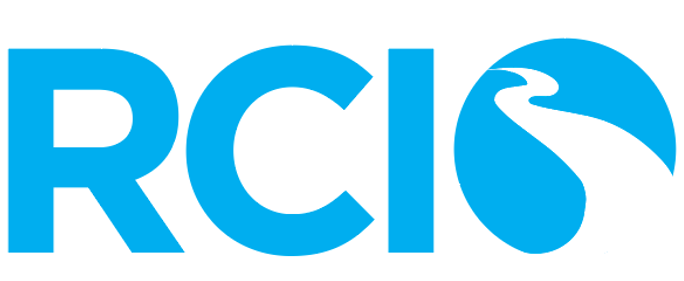Publisher
University of Tennessee at Chattanooga
Place of Publication
Chattanooga (Tenn.)
Abstract
Organizations are under increasing pressure to design reward systems that are not only competitive but also perceived as fair and transparent by employees. This issue is particularly salient in today’s workforce, where pay transparency legislation and widespread information sharing have heightened employee expectations for openness and equity. Guided by Equity Theory and organizational justice frameworks, the present study is aimed to investigate how pay fairness, reward transparency, and feedback quality interact to shape motivation and job performance, including discretionary effort. A survey of professionals in incentive-driven roles will be conducted, using validated measures of distributive justice, reward transparency, feedback environment, work motivation, and in-role performance. The proposed conceptual model illustrates three hypothesized effects: (H1) Perceived pay fairness will be positively associated with motivation for job performance, incentive-based employees; (H2) Perceived reward transparency will be positively associated with motivation for job performance; and (H3) Feedback quality moderates the relationship between reward transparency and motivation for job performance such that the positive association is stronger at high levels of feedback quality and nonsignificant at low levels of feedback quality. Data will be analyzed through hierarchical regression and moderation techniques, with mediation being explored appropriately. The findings are expected to advance compensation and motivation research by integrating structural features of reward systems with individual motivational outcomes. The findings will also be used to offer practical implications for organizations seeking to retain and engage talent through fair, transparent, and feedback-rich systems.
Subject
Industrial and organizational psychology
Document Type
posters
Language
English
Rights
http://rightsstatements.org/vocab/InC/1.0/
License
http://creativecommons.org/licenses/by/4.0/
Included in
The Role of Fairness, Transparency, and Feedback in Driving Motivation and Performance Among Employees in Incentive-Based Roles
Organizations are under increasing pressure to design reward systems that are not only competitive but also perceived as fair and transparent by employees. This issue is particularly salient in today’s workforce, where pay transparency legislation and widespread information sharing have heightened employee expectations for openness and equity. Guided by Equity Theory and organizational justice frameworks, the present study is aimed to investigate how pay fairness, reward transparency, and feedback quality interact to shape motivation and job performance, including discretionary effort. A survey of professionals in incentive-driven roles will be conducted, using validated measures of distributive justice, reward transparency, feedback environment, work motivation, and in-role performance. The proposed conceptual model illustrates three hypothesized effects: (H1) Perceived pay fairness will be positively associated with motivation for job performance, incentive-based employees; (H2) Perceived reward transparency will be positively associated with motivation for job performance; and (H3) Feedback quality moderates the relationship between reward transparency and motivation for job performance such that the positive association is stronger at high levels of feedback quality and nonsignificant at low levels of feedback quality. Data will be analyzed through hierarchical regression and moderation techniques, with mediation being explored appropriately. The findings are expected to advance compensation and motivation research by integrating structural features of reward systems with individual motivational outcomes. The findings will also be used to offer practical implications for organizations seeking to retain and engage talent through fair, transparent, and feedback-rich systems.

Department
University of Tennessee at Chattanooga. Dept. of Psychology